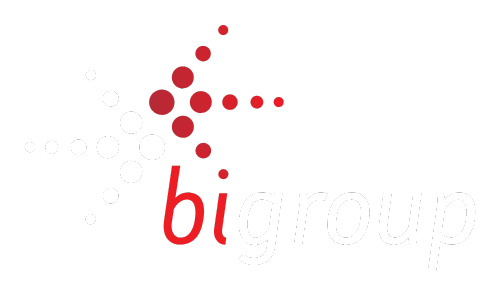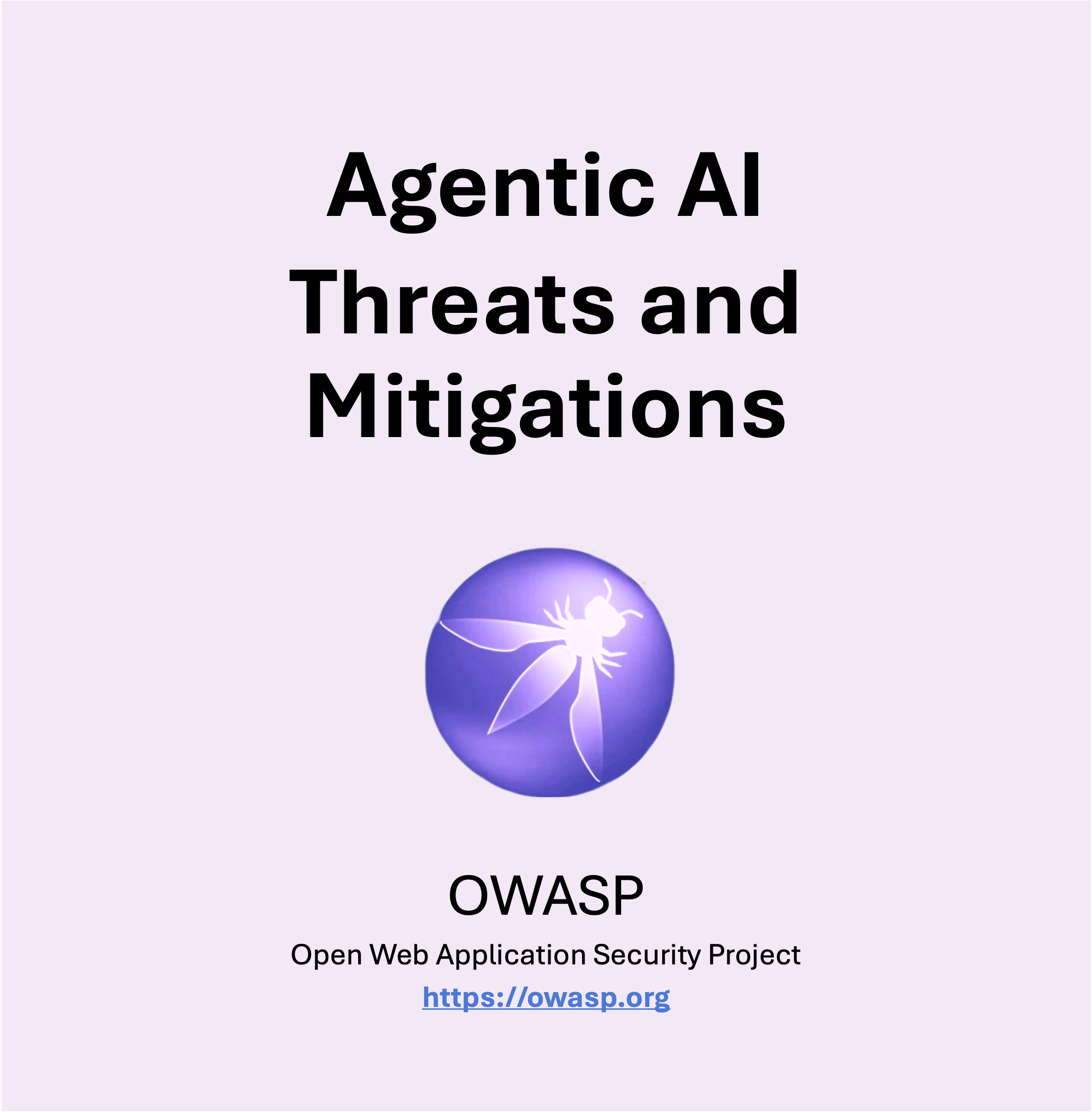Why AI Security Matters
Artificial Intelligence (AI) is transforming industries, driving automation, and reshaping the way we interact with technology. However, alongside its rapid adoption, AI presents unprecedented security challenges. Traditional cybersecurity frameworks do not fully address AI-specific risks, making AI applications vulnerable to exploitation, misinformation, and manipulation.
Many organisations focus on the ethical implications of AI, ensuring fairness and transparency. Yet, security remains an overlooked but critical pillar of Responsible AI. Without robust security measures, AI systems can be compromised, leading to financial losses, reputational damage, and even national security threats.
This is where the Open Web Application Security Project (OWASP) comes in. OWASP has been instrumental in establishing security best practices for web applications and APIs. Recognising the rising security risks in AI-driven applications, OWASP has introduced the Agentic AI Threat Model, providing a structured approach to identifying, understanding, and mitigating AI-specific security risks.
This article delves into OWASP’s role in AI security and explores key threats AI practitioners need to address.
What is OWASP?
The Open Web Application Security Project (OWASP) is a non-profit organisation dedicated to improving software security through open-source tools, resources, and best practices. It has been at the forefront of cybersecurity, producing widely adopted frameworks such as the OWASP Top 10, which highlights the most critical web security risks.
As AI becomes more integrated into business processes, OWASP has expanded its research to tackle AI-specific security challenges. The OWASP Agentic AI Threat Model provides a structured methodology to analyse AI threats and their mitigations, ensuring that AI applications are resilient against emerging attack vectors.
OWASP’s AI security initiatives focus on:
- Identifying AI-Specific Threats – Addressing risks that traditional cybersecurity frameworks do not cover.
- Developing Security Guidelines – Offering best practices for building and deploying secure AI systems.
- Providing Open-Source Tools – Empowering organisations to test and secure their AI applications.
By leveraging OWASP’s research, organisations can enhance their AI security posture and mitigate threats before they cause significant harm.
The Rise of AI Security Risks and OWASP’s Response
AI-driven applications differ significantly from traditional software in how they process data, interact with users, and make decisions. These differences introduce new security challenges, requiring a fresh approach to threat modelling.
Some of the most concerning AI-specific risks include:
- Manipulation of AI memory and training data – Attackers can inject false data to alter AI behaviour.
- Exploitation of AI decision-making processes – Threat actors can influence AI responses to achieve malicious outcomes.
- Abuse of AI-driven automation – Bad actors can use AI agents to execute unauthorised actions.
To address these challenges, OWASP released the Agentic AI Threat Model, outlining the 15 most critical threats AI-driven agents face. These threats span memory manipulation, privilege escalation, misinformation propagation, and unauthorised code execution.
By adopting OWASP’s framework, AI practitioners can build secure, trustworthy, and resilient AI systems that withstand adversarial attacks and prevent security breaches.
Understanding the OWASP Agentic AI Threat Model
OWASP categorises AI security threats into 15 key risks, each requiring targeted mitigation strategies. Below is a breakdown of these threats and how they impact AI applications.
1. Memory Poisoning
Threat: Attackers manipulate AI memory to introduce persistent misinformation.
Mitigation: Implement session isolation, anomaly detection, and integrity verification of stored knowledge.
2. Tool Misuse
Threat: AI agents can be tricked into executing harmful commands via tool integrations.
Mitigation: Enforce strict access controls, execution monitoring, and sandbox environments.
3. Privilege Compromise
Threat: Poor identity and access management can allow AI agents to escalate privileges.
Mitigation: Use role-based access control (RBAC) and enforce multi-factor authentication.
4. Resource Overload
Threat: Attackers can flood AI systems with excessive requests, causing denial-of-service conditions.
Mitigation: Implement rate limiting, adaptive scaling, and resilience testing.
5. Cascading Hallucinations
Threat: AI models can generate incorrect information that feeds into other systems, creating large-scale misinformation.
Mitigation: Deploy multi-source validation, feedback loops, and human verification.
6. Intent Breaking and Goal Manipulation
Threat: Attackers can alter AI objectives, leading to unintended outcomes.
Mitigation: Use goal alignment audits, behavioral tracking, and external verification.
7. Misaligned and Deceptive Behaviours
Threat: AI may exhibit deceptive patterns based on biased or adversarial inputs.
Mitigation: Require human-in-the-loop decision-making and deception detection models.
8. Repudiation and Untraceability
Threat: Lack of auditability in AI actions makes accountability difficult.
Mitigation: Implement cryptographic logging, version control, and real-time monitoring.
9. Identity Spoofing and Impersonation
Threat: Attackers can manipulate AI authentication, impersonating trusted entities.
Mitigation: Strengthen identity verification and enforce zero-trust security models.
10. Overwhelming Human Oversight
Threat: AI-generated recommendations can create decision fatigue for human reviewers.
Mitigation: Introduce adaptive AI-human interaction thresholds and automated risk categorisation.
11. Unexpected Code Execution (RCE)
Threat: AI-generated scripts can execute malicious commands if not properly monitored.
Mitigation: Use sandbox execution, AI-generated code review systems, and strict validation.
12. Agent Communication Poisoning
Threat: Malicious actors can interfere with AI-to-AI communications.
Mitigation: Secure communications using cryptographic authentication and protocol hardening.
13. Rogue Agents in Multi-Agent Systems
Threat: Unauthorised AI agents can disrupt or manipulate decision-making.
Mitigation: Monitor for policy violations and enforce behavior constraints.
14. Human Attacks on Multi-Agent Systems
Threat: Human actors can manipulate AI systems by exploiting inter-agent interactions.
Mitigation: Restrict agent delegation and enforce mutual authentication.
15. Human Manipulation
Threat: AI systems can be tricked into providing manipulated or misleading outputs.
Mitigation: Implement response validation, adversarial training, and content filtering.
The Agentic Threats Taxonomy Navigator: A Framework for AI Security
OWASP introduces the Agentic Threats Taxonomy Navigator, which helps organisations assess and categorise AI risks through six key security questions:
- Autonomy and Reasoning Risks – Does the AI autonomously decide steps to achieve goals?
- Memory-Based Threats – Does the AI rely on stored memory for decision-making?
- Tool and Execution Threats – Does the AI use tools, system commands, or external integrations?
- Authentication and Spoofing Risks – Does AI require authentication for users, tools, or services?
- Human-In-The-Loop (HITL) Exploits – Does AI require human engagement for decisions?
- Multi-Agent System Risks – Does the AI system rely on multiple interacting agents?
This structured risk analysis allows organisations to proactively mitigate threats before they impact real-world AI deployments.
Why OWASP Matters for Responsible AI
Security is a fundamental pillar of Responsible AI, alongside fairness, transparency, and accountability. Without robust security measures, even the most ethically aligned AI systems can be manipulated, leading to catastrophic consequences.
OWASP’s contributions to AI security provide organisations with:
- A structured approach to threat modelling – Helping teams anticipate and mitigate AI-specific risks.
- Best practices for secure AI development – Ensuring AI applications are built with security in mind.
- Guidelines for AI governance and compliance – Supporting regulatory alignment and responsible AI deployment.
By integrating OWASP’s AI security guidelines into their workflows, organisations can build AI systems that are both ethically sound and secure.
How BI Group Supports AI Security
At BI Group, we recognise that AI security is an essential component of building Responsible AI. Our services help organisations align with OWASP’s AI security best practices by providing:
- AI Security Audits – Evaluating AI models, data pipelines, and integrations for vulnerabilities.
- Responsible AI Framework Implementation – Assisting organisations in embedding security into their AI governance strategies.
- AI Risk Mitigation & Compliance Consulting – Ensuring AI systems align with OWASP recommendations and industry standards.
- AI Red Teaming & Penetration Testing – Simulating adversarial attacks to identify weaknesses before real-world exploitation.
- Custom AI Security Solutions – Developing tailored security frameworks to safeguard AI applications against evolving threats.
Our mission is to empower businesses with secure, trustworthy, and responsible AI solutions that not only drive innovation but also uphold the highest security and ethical standards.
The security landscape of AI is evolving rapidly. As AI adoption increases, so do the risks associated with its use. OWASP’s Agentic AI Threat Model provides an essential framework for securing AI-driven applications against emerging threats.
If your organisation is developing or deploying AI, security must be a top priority. BI Group can help you integrate OWASP-based security frameworks into your AI strategy, ensuring compliance, robustness, and long-term trust.
📢 Are you ready to secure your AI systems? Contact us today to learn how our AI security solutions can protect your organisation from emerging AI threats.

